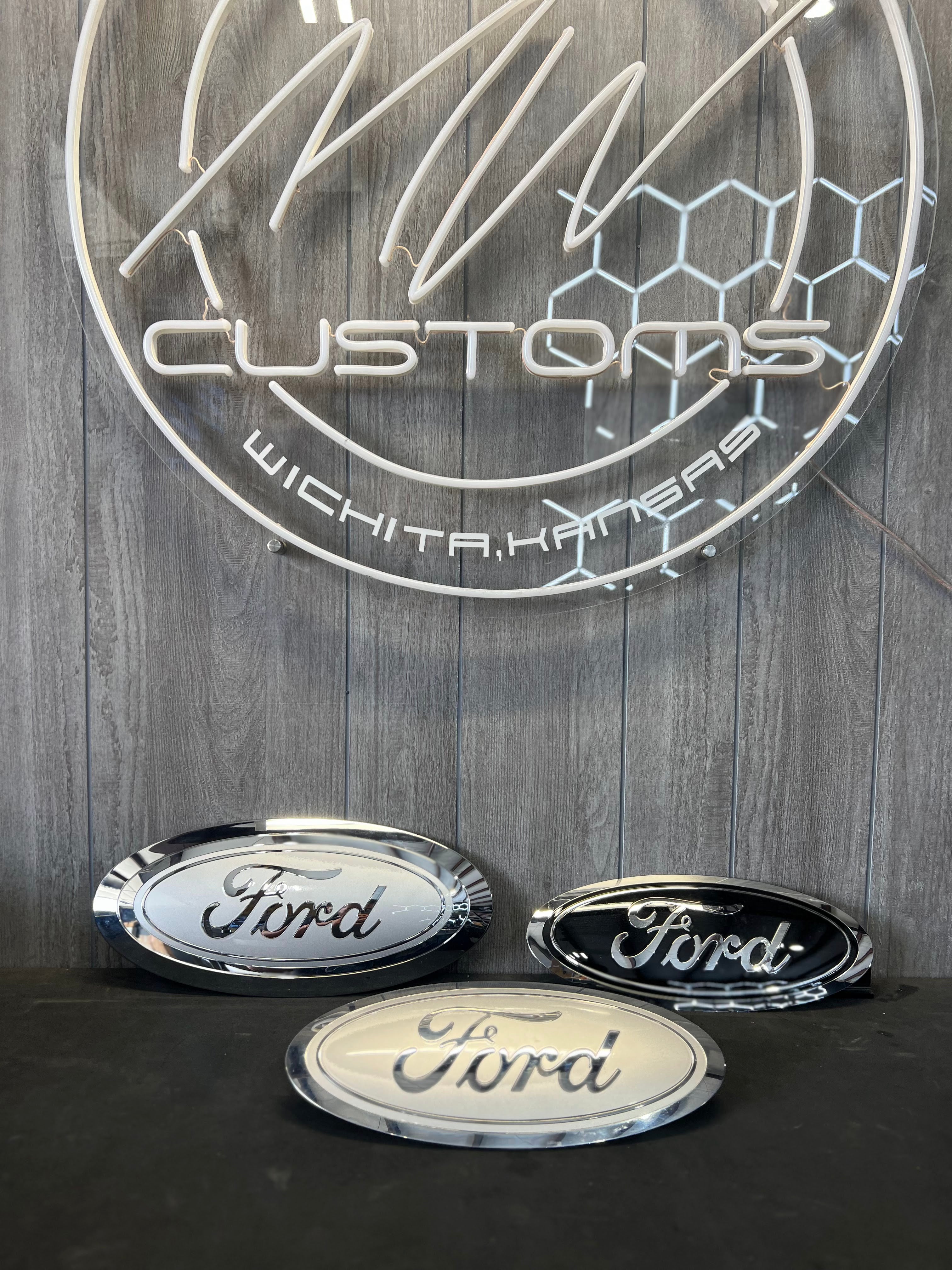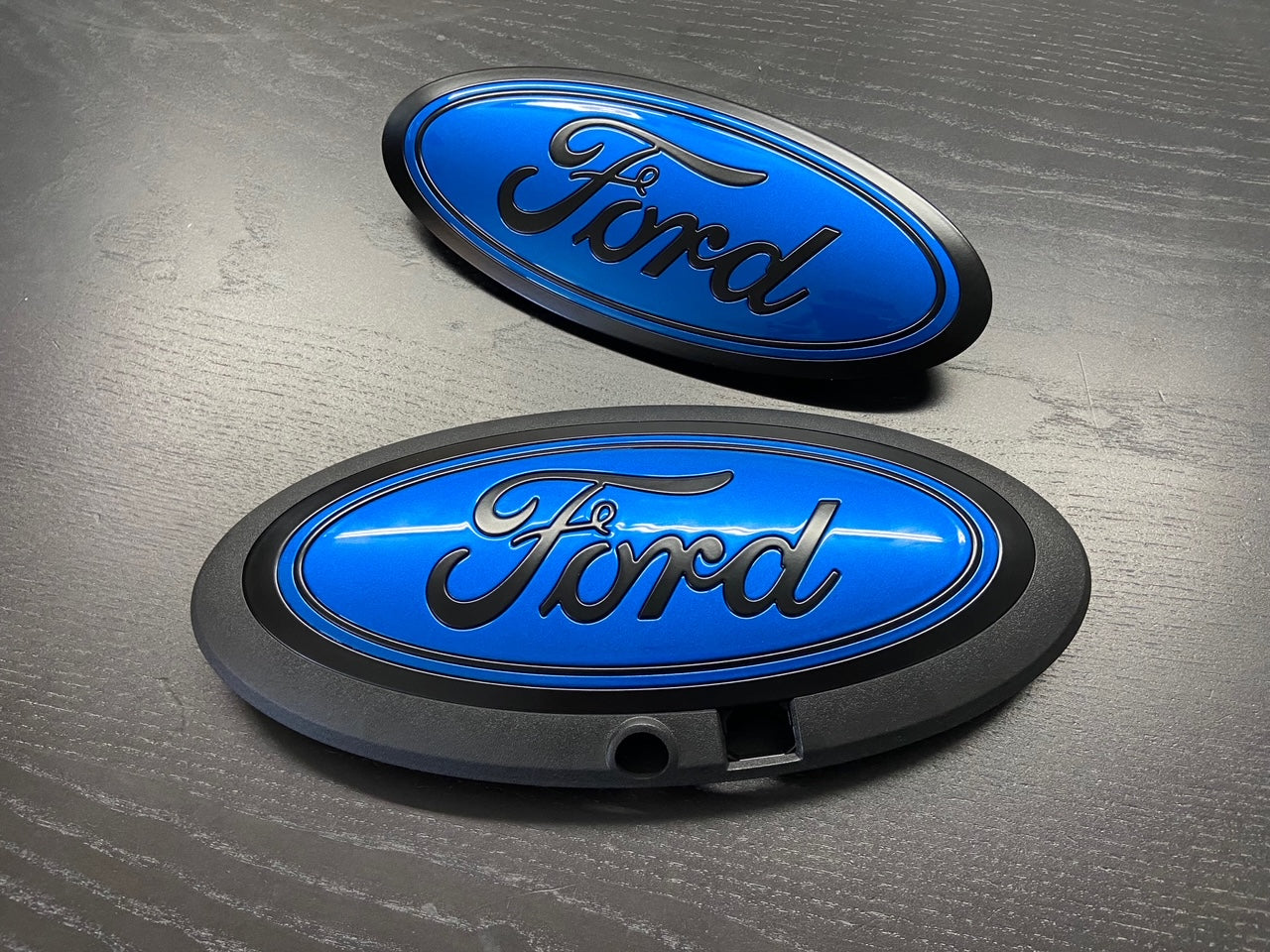Why a Custom Emblem Is the Key to Unforgettable Branding
Why a Custom Emblem Is the Key to Unforgettable Branding
Blog Article
Creating an Enduring Impact With Custom Emblems: Design Tips and Ideas
The creation of a custom-made symbol is a crucial step in developing a brand name's identity, yet several neglect the subtleties that add to its effectiveness (Custom Emblem). A well-executed design not just connects core values yet also reverberates with target market on several degrees. Concentrating on aspects such as shade selection, typography, and symbolic value can improve the emblem's impact. As we explore these critical components, it comes to be clear that there is more to crafting a symbol than plain looks; recognizing these principles can change your technique to brand depiction. What vital facets should be prioritized for maximum result?
Comprehending Your Brand Name Identity
Understanding your brand name identity is important for producing customized symbols that resonate with your target market. Your brand name identity incorporates the values, mission, and character that specify your organization. It functions as the structure for all graphes, consisting of personalized symbols. By plainly verbalizing what your brand name stands for, you can guarantee that the style aspects of your symbol reflect these core concepts.

Following, determine crucial attributes of your brand, such as individuality, advancement, or reliability. These characteristics ought to lead the style procedure, influencing forms, symbols, and typography. A distinct brand name identification not only help in producing a remarkable emblem but additionally promotes brand commitment and acknowledgment. Eventually, a symbol that genuinely reflects your brand identity will produce a meaningful connection with your target market, strengthening your message and improving your overall brand technique.
Choosing the Right Colors
Choosing the appropriate colors for your personalized emblem plays a critical duty in communicating your brand's identification and message. Shades stimulate feelings and can considerably influence understandings, making it vital to pick shades that resonate with your target market. Begin by considering the psychological effect of shades; for example, blue typically shares trust and professionalism and trust, while red can stimulate exhilaration and necessity.
It is also critical to align your color selections with your brand's values and industry. A technology firm might go with cool colors, such as blues and greens, to show technology and integrity, whereas an imaginative company might embrace vibrant and vibrant colors to display imagination and power.
In addition, take into consideration the shade harmony in your style. Making use of a color wheel can assist you determine comparable or corresponding colors that create visual balance. Purpose for a maximum of three primaries to keep simpleness and memorability.
Typography and Font Style Selection
A well-chosen font style can significantly boost the effect of your custom symbol, making typography and typeface selection vital components of the style procedure. The typeface must straighten with the brand's identification, sharing the proper tone and message. As an example, a modern-day sans-serif font may evoke a sense of technology and simplicity, while a classic serif font can communicate tradition and integrity.
When selecting a font, think about readability and scalability. Your symbol will be utilized across different media, from company cards to signboards, so the typeface should stay clear at any kind of size. Additionally, stay clear of excessively ornamental fonts that may diminish the overall design and message.
Integrating typefaces can also create visual interest but calls for mindful pairing. Custom Emblem. An usual technique is to utilize a bold font for the major message and a corresponding lighter one for secondary aspects. Uniformity is crucial; restrict your look at here now option to two or three typefaces to keep a cohesive appearance
Incorporating Meaningful Signs

For circumstances, a tree may stand for growth and security, while a gear may symbolize advancement and precision. The secret is to make certain that the symbols reverberate with your target market and reflect your brand name's objective. Participate in conceptualizing sessions to collect and check out various concepts input from varied stakeholders, as this can generate a richer range of alternatives.
In addition, consider exactly how these signs will work in conjunction with other style aspects, such as shades and typography, to develop an impactful navigate to this website and cohesive symbol - Custom Emblem. Inevitably, the ideal symbols can improve acknowledgment and foster a stronger psychological connection with your audience, making your brand memorable and purposeful.
Ensuring Flexibility and Scalability
Making certain that your custom-made symbol is scalable and functional is important for its efficiency across numerous applications and tools. A well-designed symbol should preserve its integrity and visual charm whether it's displayed on a calling card, an internet site, or a big banner. To accomplish this, focus on producing a design that is easy yet impactful, staying clear of intricate details that may end up being shed at smaller sizes.

Checking your symbol in various styles and dimensions is important. Examine just how it carries out on different backgrounds and in various environments to guarantee it remains well-known and efficient. By prioritizing versatility and scalability in your style procedure, you will create a symbol that stands the examination of time and properly represents your brand across all touchpoints.

Conclusion
To conclude, the creation visit site of custom-made emblems requires a critical technique that balances various layout elements, including brand identification, shade option, typography, and symbolic depiction. Stressing simpleness and scalability ensures that the emblem remains flexible throughout different applications, while purposeful signs enhance psychological resonance with the target market. By carefully incorporating these parts, brand names can cultivate a distinctive identity that promotes recognition and leaves a long lasting impression on customers.
A distinct brand identity not only help in developing an unforgettable symbol but likewise fosters brand name commitment and recognition. Inevitably, a symbol that really reflects your brand identification will certainly develop a meaningful link with your target market, strengthening your message and boosting your overall brand name technique.
Choosing the best shades for your personalized emblem plays a critical function in sharing your brand name's identification and message. By prioritizing versatility and scalability in your layout procedure, you will produce a symbol that stands the examination of time and properly represents your brand across all touchpoints.
In final thought, the creation of customized symbols demands a calculated approach that balances various style aspects, including brand name identity, color choice, typography, and symbolic depiction.
Report this page